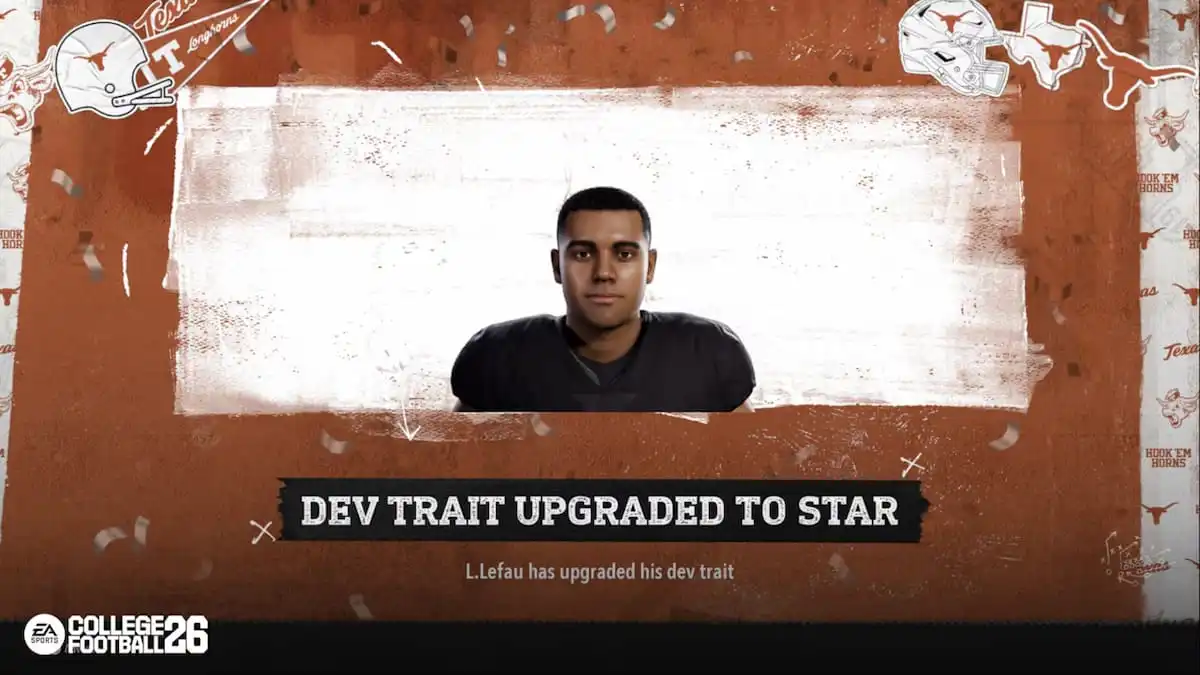
Running a college football team’s program includes several important facets, but none are more crucial than the development of your players throughout their school careers.
In EA Sports College Football 26, player progression has been “rebalanced and expanded how progression works to create more player differentiation, realism, and separation between programs.” This means there are several tweaks and improvements to keep in mind when playing Dynasty Mode.
Here’s College Football 26’s Player Progression changes, explained.
Table of contents
College Football 26 Player Progression

Changes to Physical Abilities
Some players’ Physical Abilities will now have different requirements to unlock different tiers. For example, Platinum Shifty will now require both 97 Change of Direction and 96 Acceleration for a wide receiver, meaning these new thresholds make top-tier Physical Abilities rarer and more important than before.
There are also several new player types and physical ability combinations, making for a wide variety of player archetypes.
Player performance matters
EA says that individual player performance in a given season “plays a huge role in their long-term potential” in CFB 26, meaning that a great season will allow a player to upgrade their Development Trait during the offseason.
Manual Progression

You can manually upgrade players by targeting specific development needs as part of the Manual Progression setting in your league settings. This allows you to purchase individual stat upgrades for your players as opposed to simply relying on the sim aspect of the game.
“Upgrading a Development Trait is not guaranteed, and the better a player’s current trait is, the harder it becomes to move up,” EA said. “For example, moving from Normal to Impact is more likely than jumping from Star to Elite. “
More skill group levels
There are now 20 skill group levels instead of 10, like in CFB 25, “allowing for more gradual and natural progression” and to prevent long stretches without any progression.
Offseason development
Players with the Impact, Star, or Elite development traits will now have a higher minimum amount that they can progress during the offseason. EA Sports says that this change “increases the likelihood that players with a better development trait will progress more than players with a normal trait.”
Training Results screen improvement

The Training Results screen has been upgraded quite a bit, offering better visibility into each player’s progression and growth as a ball star. The image above illustrates how you can now easily see the progression for your players between each offseason.
Physical changes: Weight gain
Like in real life, freshmen will undergo big physical changes after their first season as they grow from teenagers to men and bulk up and get stronger as they play college ball. Players in CFB 26 will now gain weight to reflect this.
Athletic facilities
The quality of your athletic facilities plays a big part in player progression, because the higher your facilities grade is, the bigger your player progression boost will be. The bigger and better your gym is, the better your players can become.
The post College Football 26 player progression, explained appeared first on Destructoid.
